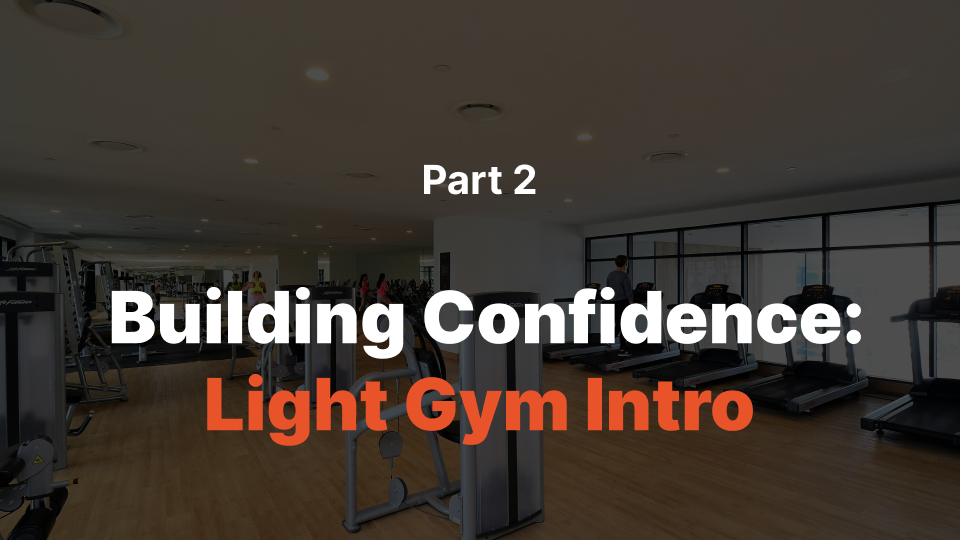Introduction
The Bulgarian Split Squat is a unilateral lower body exercise that strengthens and tones the quadriceps, glutes, and hamstrings. By isolating one leg at a time, this movement improves balance, stability, and muscular symmetry. It's particularly effective for those seeking enhanced lower body strength, functional fitness, and muscle development, as it targets each leg individually and replicates daily activities like walking or climbing stairs more accurately than traditional squats.
Muscles Worked
- Primary: Quadriceps (vastus lateralis, vastus medialis, rectus femoris), Gluteus (gluteus maximus, gluteus medius)
- Secondary: Hamstrings (biceps femoris, semimembranosus, semitendinosus), Calves (gastrocnemius, soleus), Abdominals (rectus abdominis, obliques)
How to Do It (Step-by-Step)
- Stand with your back facing a bench or elevated surface, step forward with one foot so that your toes are on the floor and the balls of your back foot rest on the bench or surface. Your front knee should be directly above your ankle. Keep your torso upright and core engaged.
- Lower your body until your front knee is at 90 degrees, keeping your weight on your heels. Push through your front heel to return to the starting position.
- Maintain a neutral spine, engage your glutes and core throughout the movement, and keep your front knee aligned with your ankle. Avoid letting your knees collapse inward or leaning forward excessively.
Tip: Start with lighter weights or bodyweight only until you have mastered proper form to minimize the risk of injury and ensure maximum effectiveness.
Rep & Rest Guidelines
- Strength: 4–6 reps, 2–3 min rest
- Hypertrophy: 8–12 reps, 60–90 sec rest
- Endurance: 12–20 reps, 30–60 sec rest
Automate your progression with Auto Progression Efficiently manage your rest times using the Rest Timer
Form Tips
- Maintain an upright torso and avoid leaning forward excessively. Keep your back straight throughout the movement.
- Position your front foot flat on the ground and ensure the knee tracks over the ankle. Avoid letting the knee move past the toe during the descent.
- Engage your core muscles to keep your body stable during the exercise. Do not let your pelvis tilt or rotate, and strive for smooth and controlled movements.
When to Use It
- Improving lower body strength and balance for unilateral movements in functional fitness routines.
- Enhancing muscle growth targeting the quadriceps in split squat variations for hypertrophy training.
- Correcting muscular imbalances between legs during rehabilitation and corrective exercises.
Workout History can help you track your progress.
The Bulgarian split squat primarily targets the quadriceps, glutes, and hamstrings.
It's named after Bulgarian weightlifters who used this exercise in their training routines.
The Bulgarian split squat is unilateral, focusing on one leg at a time. It also requires a raised back foot.
You'll need an exercise bench or similar elevated surface and a pair of dumbbells or a barbell.
Increase weight, do more reps, or slow down the tempo for a deeper stretch and greater muscle engagement.

